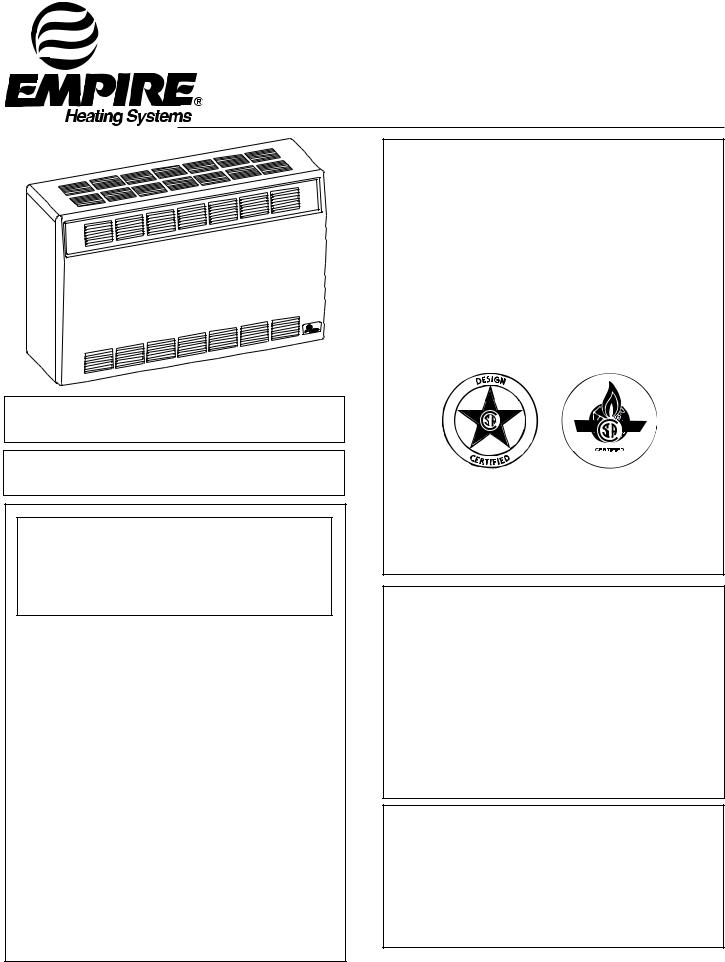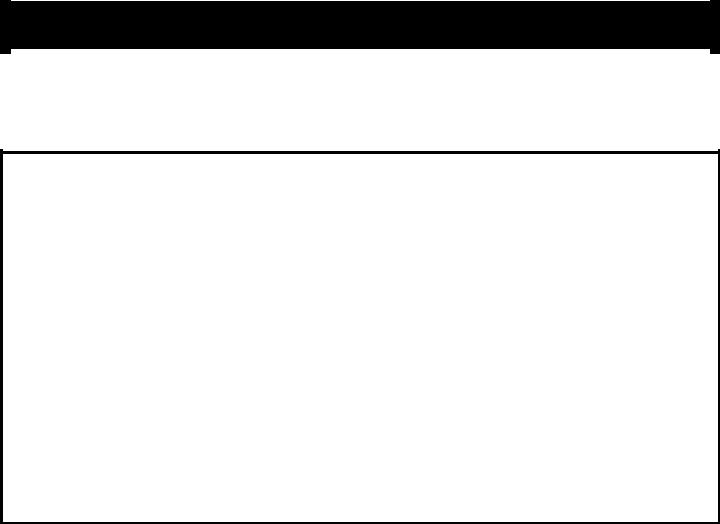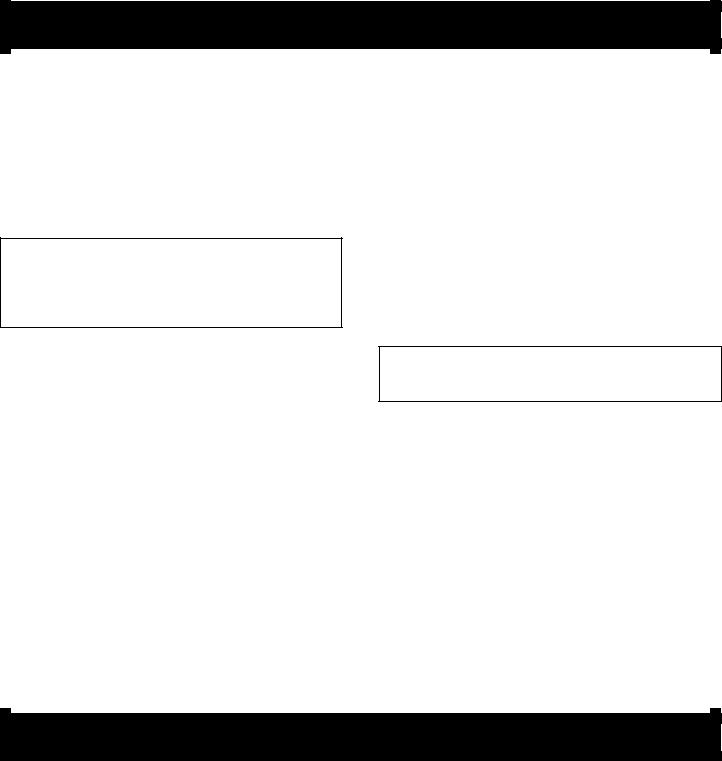Empire Comfort Systems DV-35-2SG User Manual

INSTALLATION INSTRUCTIONS
AND
OWNER'S MANUAL
Installer: Please leave these instructions with the consumer.
Consumer: Please retain these instructions for future use.
WARNING: If the information in this manual is not followed exactly, a fire or explosion may result causing property damage, personal injury or loss of life.
— Do not store or use gasoline or other flammable vapors and liquids in the vicinity of this or any other appliance.
—WHAT TO DO IF YOU SMELL GAS
•Do not try to light any appliance.
•Do not touch any electrical switch; do not use any phone in your building.
•Immediately call your gas supplier from a neighbor's phone. Follow the gas supplier's instructions.
•If you cannot reach your gas supplier, call the fire department.
—Installation and service must be performed by a qualified installer, service agency or the gas supplier.
DIRECT VENT
WALL FURNACE
MODELS
DV-25-2SG
DV-35-2SG
EFFECTIVE DATE
SEPTEMBER 2003
This appliance may be installed in an aftermarket, permanently located, manufactured home (USA only) or mobile home, where not prohibited by state or local codes.
This appliance is only for use with the type of gas indicated on the rating plate. This appliance is not convertible for use with other gases, unless a certified kit is used.
WARNING: If not installed, operated and maintained in accordance with the manufacturer's instructions, this product could expose you to substances in fuel or from fuel combustion which can cause death or serious illness.
12434-3-0903 |
Page 1 |

TABLE OF CONTENTS |
|
SECTION |
PAGE |
Important Safety Information ..................................................................................................................... |
3 |
Safety Information for Users of LP Gas ..................................................................................................... |
4 |
Introduction ................................................................................................................................................ |
5 |
Specifications ............................................................................................................................................. |
5 |
Gas Supply .................................................................................................................................................. |
6 |
Clearances ................................................................................................................................................... |
7 |
Installation Instructions ........................................................................................................................... |
7-9 |
Thermostat Location ................................................................................................................................... |
9 |
Lighting Instructions ................................................................................................................................ |
10 |
Pilot Flame Characteristics ....................................................................................................................... |
11 |
Main Burner Flame Characteristics .......................................................................................................... |
11 |
Maintenance.............................................................................................................................................. |
12 |
Troubleshooting ........................................................................................................................................ |
12 |
How to Order Repair Parts ....................................................................................................................... |
13 |
Parts List ................................................................................................................................................... |
13 |
Parts View ................................................................................................................................................ |
14 |
Optional Blower Installation Instructions............................................................................................ |
15-16 |
Page 2 |
12434-3-0903 |

IMPORTANT SAFETY INFORMATION
THIS IS A HEATING APPLIANCE
DO NOT OPERATE THIS APPLIANCE WITHOUT FRONT PANEL INSTALLED.
• Due to high temperatures the appliance should be |
|
may be required due to excessive lint from carpeting, |
located out of traffic and away from furniture and |
|
bedding materials, etc. It is imperative that control |
draperies. |
|
compartments, burners and circulating air passage- |
• Children and adults should be alerted to the hazards |
|
ways of the appliance be kept clean. |
|
|
|
of high surface temperatures and should stay away to |
• DO NOT put anything around the furnace that will |
|
avoid burns or clothing ignition. |
|
obstruct the flow of combustion and ventilation air. |
• Young children should be carefully supervised when |
• |
DO keep the appliance area clear and free from |
they are in the same room as the appliance. |
|
combustible material, gasoline and other flammable |
• Clothing or other flammable material should not be |
|
vapors and liquids. |
|
|
|
placed on or near the appliance. |
• DO examine venting system periodically and replace |
|
• Any safety screen or guard removed for servicing an |
|
damaged parts. |
|
|
|
appliance must be replaced prior to operating the |
• DO make a periodic visual check of pilot and burner. |
|
appliance. |
|
Clean and replace damaged parts. |
• Keep burner and control compartment clean. |
• |
CAUTION: Pilot hole cover must be kept tightly |
• Vent cap hot while furnace is in operation. |
|
closed during operation. |
|
|
|
• Installation and repair should be done by a QUALI- |
• DO NOT use this heater if any part has been under |
|
water. Immediately call a qualified service techni- |
||
FIED SERVICE PERSON. The appliance should be |
||
cian to inspect the heater and to replace any part of |
||
inspected before use and at least annually by a |
||
the control system and any gas control which has been |
||
qualified service person. More frequent cleaning |
||
under water. |
||
|
12434-3-0903 |
Page 3 |

SAFETY INFORMATION FOR USERS OF LP-GAS
Propane (LP-Gas) is a flammable gas which can cause fires and explosions. In its natural state, propane is odorless and colorless. You may not know all the following safety precautions which can protect both you and your family from an accident. Read them carefully now, then review them point
by point with the members of your household. Someday when there may not be a minute to lose, everyone's safety will depend on knowing exactly what to do. If, after reading the following information, you feel you still need more information, please contact your gas supplier.
LP-GAS WARNING ODOR
If a gas leak happens, you should be able to smell the gas because of the odorant put in the LP-Gas. That's your signal to go into immediate action!
•Do not operate electric switches, light matches, use your phone. Do not do anything that could ignite the gas.
•Get everyone out of the building, vehicle, trailer, or area. Do that IMMEDIATELY.
•Close all gas tank or cylinder supply valves.
•LP-Gas is heavier than air and may settle in low areas such as basements. When you have reason to suspect a gas leak, keep out of basements and other low areas. Stay out until firefighters declare them to be safe.
•Use your neighbor's phone and call a trained LP-Gas service person and the fire department. Even though you may not continue to smell gas, do not turn on the gas again. Do not reenter the building, vehicle, trailer, or area.
•Finally, let the service man and firefighters check for escaped gas. Have them air out the area before you return. Properly trained LP-Gas service people should repair the leak, then check and relight the gas appliance for you.
NO ODOR DETECTED - ODOR FADE
Some people cannot smell well. Some people cannot smell the odor of the chemical put into the gas. You must find out if you can smell the odorant in propane. Smoking can decrease your ability to smell. Being around an odor for a time can affect your sensitivity or ability to detect that odor. Sometimes other odors in the area mask the gas odor. People may not smell the gas odor or their minds are on something else. Thinking about smelling a gas odor can make it easier to smell.
The odorant in LP-gas is colorless, and it can fade under some circumstances. For example, if there is an underground leak, the movement of the gas through soil can filter the odorant. Odorants in LP-Gas also are subject to oxidation. This fading can
occur if there is rust inside the storage tank or in iron gas pipes.
The odorant in escaped gas can adsorb or absorb onto or into walls, masonry and other materials and fabrics in a room. That will take some of the odorant out of the gas, reducing its odor intensity.
LP-Gas may stratify in a closed area, and the odor intensity could vary at different levels. Since it is heavier than air, there may be more odor at lower levels. Always be sensitive to the slightest gas odor. If you detect any odor, treat it as a serious leak. Immediately go into action as instructed earlier.
SOME POINTS TO REMEMBER
•Learn to recognize the odor of LP-gas. Your local LP-Gas Dealer can give you a "Scratch and Sniff" pamphlet. Use it to find out what the propane odor smells like. If you suspect that your LP-Gas has a weak or abnormal odor, call your LP-Gas Dealer.
•If you are not qualified, do not light pilot lights, perform service, or make adjustments to appliances on the LP-Gas system. If you are qualified, consciously think about the odor of LP-Gas prior to and while lighting pilot lights or performing service or making adjustments.
•Sometimes a basement or a closed-up house has a musty smell that can cover up the LP-Gas odor. Do not try to light pilot lights, perform service, or make adjustments in an area where the conditions are such that you may not detect the odor if there has been a leak of LP-Gas.
•Odor fade, due to oxidation by rust or adsorption on walls of new cylinders and tanks, is possible. Therefore, people should be particularly alert and careful when new tanks or cylinders are placed in service. Odor fade can occur in new tanks, or reinstalled old tanks, if they are filled and allowed
to set too long before refilling. Cylinders and tanks which have been out of service for a time may develop internal rust which will cause odor fade. If such conditions are suspected to exist, a periodic sniff test of the gas is advisable. If you have any question about the gas odor, call your LP-gas dealer. A periodic sniff test of the LP-gas is a good safety measure under any condition.
•If, at any time, you do not smell the LP-Gas odorant and you think you should, assume you have a leak. Then take the same immediate action recommended above for the occasion when you do detect the odorized LP-Gas.
•If you experience a complete "gas out," (the container is under no vapor pressure), turn the tank valve off immediately. If the container valve is left on, the container may draw in some air through openings such as pilot light orifices. If this occurs, some new internal rusting could occur. If the valve is left open, then treat the container as a new tank. Always be sure your container is under vapor pressure by turning it off at the container before it goes completely empty or having it refilled before it is completely empty.
Page 4 |
12434-3-0903 |

INTRODUCTION
Introduction
Always consult your local Building Department regarding regulations, codes or ordinances which apply to the installation of a direct vent wall furnace.
Instructions to Installer
1.Installer must leave instruction manual with owner after installation.
2.Installer must have owner fill out and mail warranty card supplied with furnace.
3.Installer should show owner how to start and operate furnace and thermostat.
Warning:
Any change to this furnace or its control can be dangerous. This is a heating appliance and any panel, door or guard removed for servicing an appliance must be replaced prior to operating the appliance.
General Information
This furnace is design certified in accordance with American National Standard/CSA Standard Z21.86 and CSA 2.32 by the Canadian Standard Association, as a Gravity Direct Vent Wall Furnace to be installed on an outside wall according to these instructions.
Any alteration of the original design, installed other than as shown in these instructions or use with a type of gas not shown on the rating plate is the responsibility of the person and company making the change.
Important
All correspondence should refer to complete Model No., Serial No. and type of gas.
Notice: During initial firing of this unit, its paint will bake out and smoke will occur. To prevent triggering of smoke alarms, ventilate the room in which the unit is installed.
Installation in Residential Garages
Gas utilization equipment in residential garages shall be installed so that all burners and burner ignition devices are located not less than 18" (457mm) above the floor.
Such equipment shall be located, or protected, so it is not subject to physical damage by a moving vehicle.
Qualified Installing Agency
Installation and replacement of gas piping, gas utilization equipment or accessories and repair and servicing of equipment shall be performed only by a qualified agency. The term "qualified agency" means any individual, firm, corporation or company which either in person or through a representative is engaged in and is responsible for (a) the installation or replacement of gas piping or (b) the connection, installation, repair or servicing of equipment, who is experienced in such work, familiar with all precautions required and has complied with all the requirements of the authority having jurisdiction.
State of Massachusetts: The installation must be made by a licensed plumber or gas fitter in the Commonwealth of Massachusetts.
The installation must conform with local codes or, in the absence of local codes, with the National Fuel Gas Code ANSI Z223.1/NFPA 54* Natural Gas and Propane Installation Code, CSA B149.1.
*Available from the American National Standards Institute, Inc., 11 West 42nd St., New York, NY 10036.
High Altitudes
For altitudes/elevations above 2,000 feet (610m), input ratings should be reduced at the rate of 4 percent for each 1,000 (305m) feet above sea level. Canadian High Altitudes for locations having an elevation above mean sea level between 2,000 feet (610m) and 4,500 feet (1370m), the manifold pressure is to be decreased from 4.0" w.c. (.996kPa) to 3.2" w.c. (.796kPa) for Natural Gas and from 10.0" w.c. (2.49kPa) to 8.0" w.c. (1.992kPa) for Propane Gas.
SPECIFICATIONS
Model |
DV-25 |
DV-35 |
|
|
|
|
|
Input BTU/HR (KW/H) |
25,000 (7.3) |
35,000 (10.3) |
|
|
|
|
|
Height |
27 3/4" (705mm) |
27 3/4" (705mm) |
|
|
|
|
|
Width |
37" (940mm) |
37" (940mm) |
|
|
|
|
|
Depth |
11 1/2" (292mm) |
11 1/2" (292mm) |
|
|
|
|
|
Gas Inlet (Pipe) |
1/2" (13mm) |
1/2" (13mm) |
|
|
|
|
|
Accessories For Above Furnaces |
|
|
|
|
|
|
|
Blower Package |
DRB-1 |
DRB-1 |
|
|
|
|
|
Vinyl Siding Vent Kit |
DV-822 |
DV-822 |
|
|
|
|
|
12434-3-0903 |
Page 5 |
